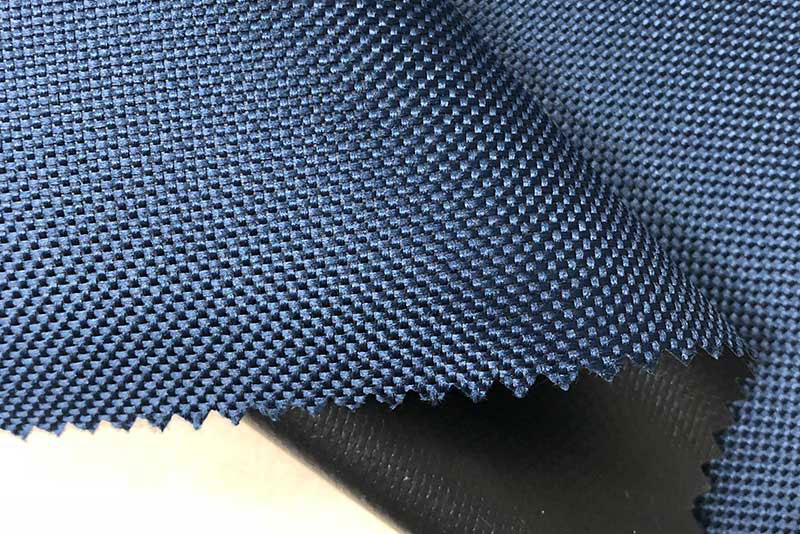Jacquard Oxford Fabric ensures a balance between softness and functionality through a combination of advanced material selection, innovative weaving techniques, and specialized finishes. Here's a detailed breakdown of how this is achieved:
Jacquard Oxford Fabric often uses blends of fibers like polyester, nylon, and cotton. Polyester and nylon contribute strength, durability, and functionality, while cotton adds softness and breathability.
Advanced fibers with inherent properties, such as soft-touch nylon or moisture-wicking polyester, are selected to enhance comfort without compromising functionality.Using finer yarns in the weave allows for a smoother and softer surface texture while maintaining structural integrity.

The Jacquard weaving process enables the creation of complex patterns without sacrificing the fabric’s flexibility. Precise control of yarn tension ensures a soft hand feel while maintaining the durability needed for functional applications.
The Oxford weave inherently balances softness and strength due to its basket-like structure, which is both pliable and robust. This serves as a foundation for adding Jacquard patterns.
In some cases, Jacquard Oxford Fabric uses multiple layers or interwoven yarns to achieve softness on the surface while retaining strength in the inner layers.
Post-weaving treatments, such as silicone or enzyme washes, are applied to reduce stiffness and enhance the fabric’s softness. These processes smooth out the fibers and improve the overall texture.To add properties like water resistance, stain repellence, or UV protection without stiffening the fabric, advanced coatings (e.g., nanotechnology-based or breathable films) are used.Specialized treatments like hydrophilic finishes help manage moisture wicking, improving comfort while maintaining the fabric's performance.
The fabric is designed to have a balanced thickness—thick enough to provide durability and functionality but not so heavy as to compromise its softness.Lightweight fibers are used in the Jacquard design, while stronger yarns reinforce the base weave, ensuring a balance of lightness and resilience.
Functional needs, such as abrasion resistance and tensile strength, are achieved by using high-performance synthetic fibers (e.g., nylon or polyester) without overloading the fabric with additional layers that might reduce softness.The weaving technique allows the fabric to remain flexible and pliable, ensuring ease of movement for applications like clothing or upholstery.Functional coatings ensure water and wind resistance without compromising the smooth feel of the fabric.
For outdoor and performance applications, Jacquard Oxford Fabric can incorporate a soft inner lining while the outer surface is treated for functionality, such as waterproofing or UV resistance.
Using yarns with contrasting properties (e.g., soft cotton blends for comfort and polyester blends for durability) in the same fabric enables a dual-purpose design.
Rigorous testing ensures that functional coatings, treatments, and finishes do not negatively impact the fabric’s texture. Manufacturers often balance parameters such as stiffness, tensile strength, and surface smoothness to achieve an optimal result.
Jacquard Oxford Fabric achieves a balance between softness and functionality through fiber blending, precise weaving techniques, and specialized finishes. These processes ensure that the fabric is not only soft to the touch but also durable, breathable, and equipped with advanced features like water resistance and UV protection.



 English
English 简体中文
简体中文 русский
русский Español
Español










